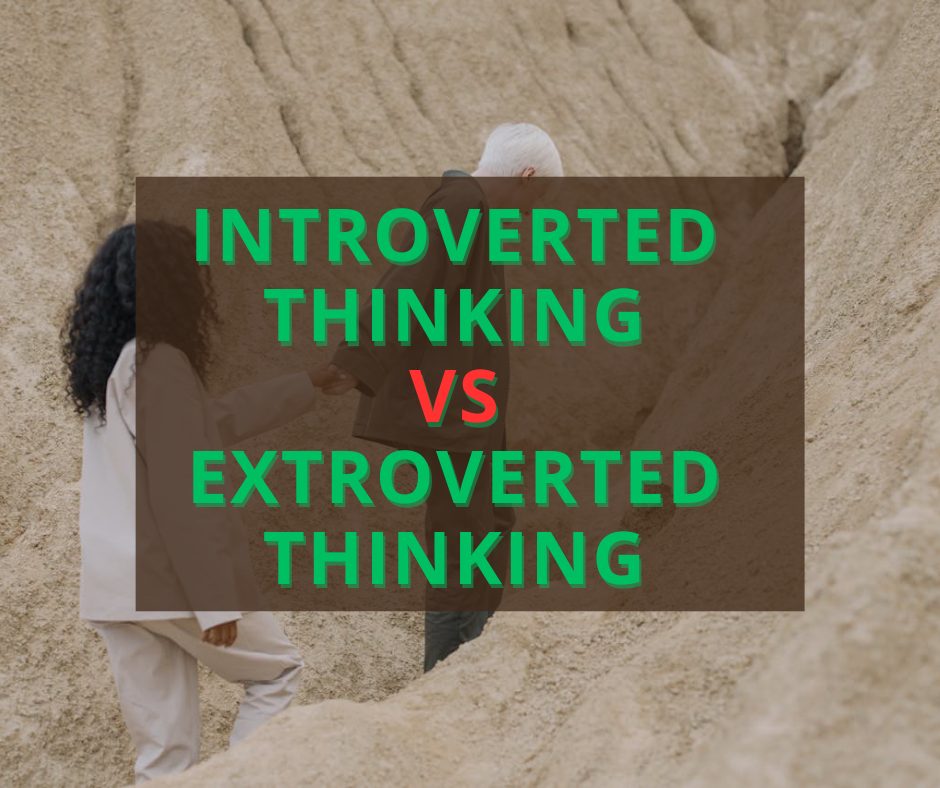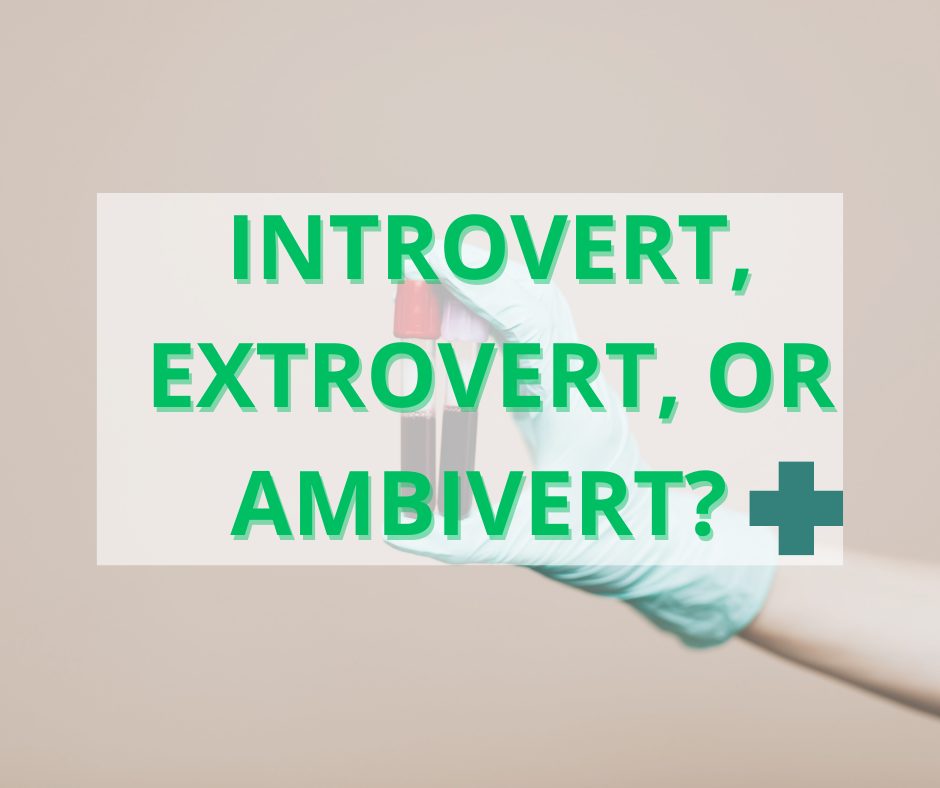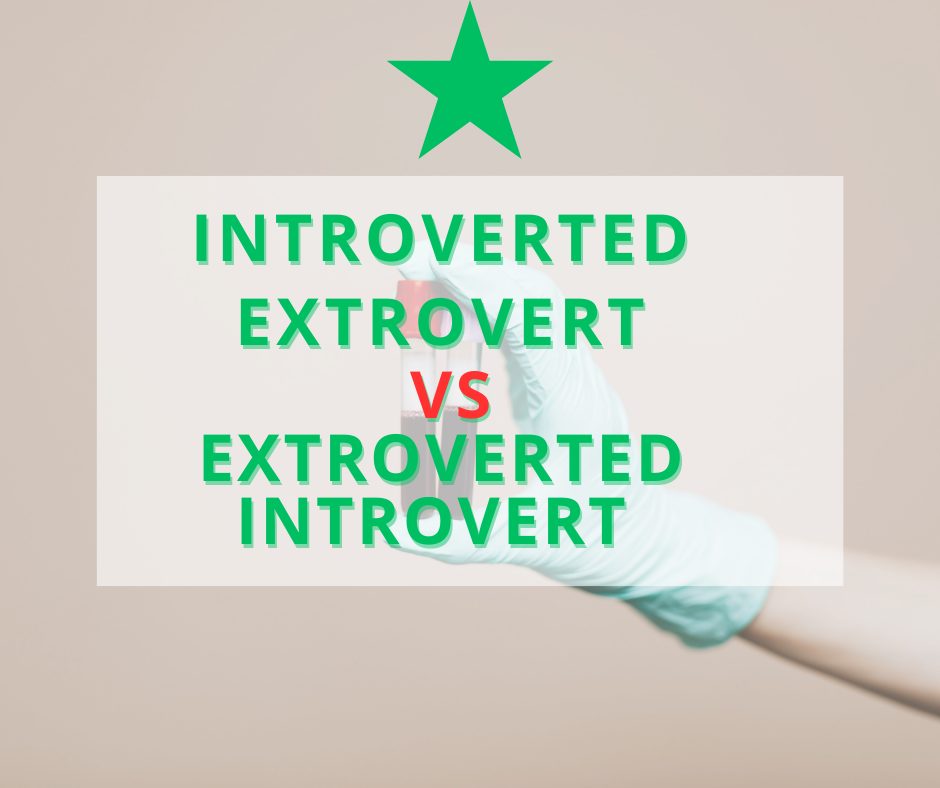Understanding how you think is key to understanding yourself. In the world of MBTI (Myers-Briggs Type Indicator), two thinking functions are often confused: Introverted Thinking (Ti) and Extroverted Thinking (Te). These functions influence how we solve problems, make decisions, and interact with the world.
In this guide, you’ll discover the major differences between *Introverted Thinking vs Extroverted Thinking * how to spot them in yourself, and how they appear in daily life. Whether you’re just starting with MBTI or want to deepen your self-awareness, this article will help you see these two cognitive functions in action.
What Is Introverted Thinking (Ti)?
What You Will Learn
- 1 What Is Introverted Thinking (Ti)?
- 2 What Is Extroverted Thinking (Te)?
- 3 Ti vs Te: A Side-by-Side Comparison
- 4 Real-Life Examples: Ti vs Te in Action
- 5 How Do I Know If I’m Ti or Te?
- 6 Carl Jung on Introverted vs Extroverted Thinking
- 7 Why This Matters: Ti and Te in Everyday Life
- 8 FAQs About Ti vs Te
- 9 Final Thoughts
Introverted Thinking is a decision-making process that values internal logic and personal frameworks. People who use Ti often look inward to analyze ideas, break them down, and understand how things work. They’re less concerned with how things appear to others and more focused on internal consistency.
Common Traits of Ti Users:
- Seek internal clarity
- Like to analyze problems deeply
- Question existing systems and rules
- Want to understand the “why” behind everything
- Value accuracy and precision
- Tend to appear reserved or detached during decision-making
- Often enjoy abstract or philosophical discussions

Ti is about forming your own logic, often independent of social norms or external structures. Thinkers who use Ti don’t just accept what they’re told—they want to figure it out for themselves.
Example: A Ti user might spend hours studying how a software program works, not because they need to, but because they’re driven by curiosity and want to understand every detail.

MBTI Types That Use Ti:
- ISTP (Ti-Se)
- INTP (Ti-Ne)
- ESTP (Ti-Se)
- ENTP (Ti-Ne)
In INTPs and ISTPs, Ti is the dominant function. That means they naturally prefer internal logic over external validation. For ENTPs and ESTPs, Ti plays a supporting role, helping them refine their quick ideas and bold actions with internal logic.

What Is Extroverted Thinking (Te)?
Extroverted Thinking is about organizing the external world efficiently. Te users focus on what works in practice. They often look for tried-and-true systems and data that produce results. Unlike Ti, which goes inward for validation, Te seeks validation through measurable results.
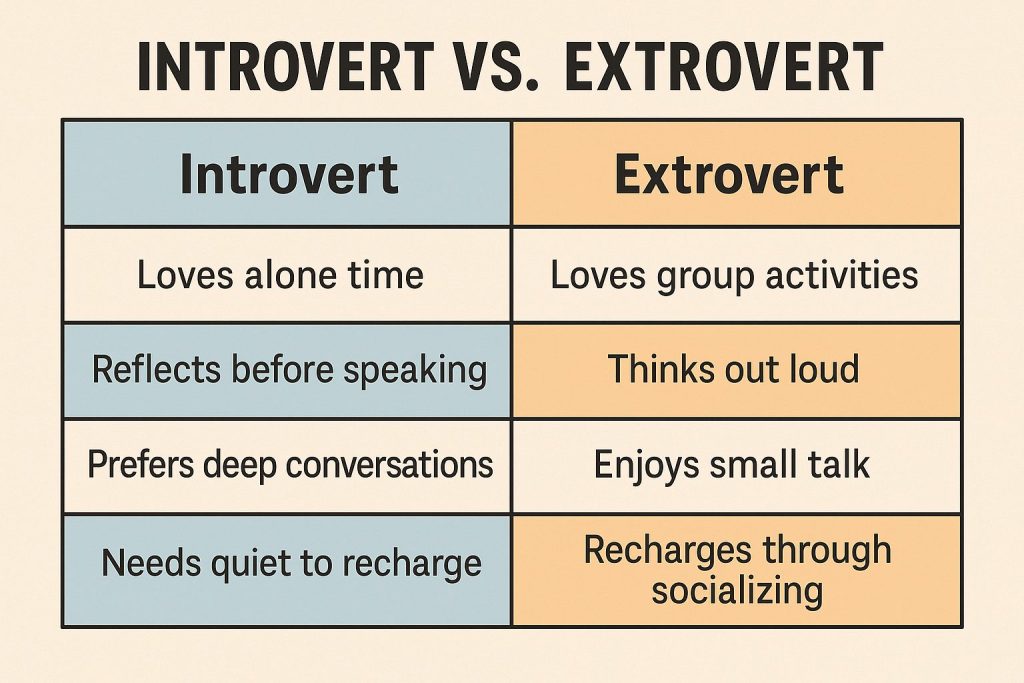
Common Traits of Te Users:
- Prioritize logic that leads to visible outcomes
- Trust external facts and measurements
- Value efficiency and productivity
- Like to implement plans quickly
- Often seen as decisive and goal-oriented
- Prefer action over theory
- Like ranking, organizing, and optimizing systems

Te is about getting things done and optimizing results. Te thinkers use proven systems and want to see progress. They’re less interested in exploring every possibility and more focused on practical execution.
Example: A Te user managing a project will create timelines, assign tasks, and monitor KPIs. Their focus is on producing results in the most effective way possible.
MBTI Types That Use Te:
- ENTJ (Te-Ni)
- ESTJ (Te-Si)
- INTJ (Te-Ni)
- ISTJ (Te-Si)
For ENTJs and ESTJs, Te is dominant. These types thrive in structured environments and often take on leadership roles. INTJs and ISTJs use Te as a secondary function, backing up their insights or memories with practical systems and efficiency.

Ti vs Te: A Side-by-Side Comparison
| Feature | Introverted Thinking (Ti) | Extroverted Thinking (Te) |
| Focus | Internal logic, principles | External systems, measurable results |
| Decision-Making | Based on internal analysis | Based on external evidence |
| Thinking Style | Abstract, theoretical | Concrete, goal-oriented |
| Validation Source | Personal logic and consistency | Data, efficiency, and effectiveness |
| Communication | Precise, analytical | Direct, efficient |
| Strengths | Deep understanding, insight | Organization, action |
| Weaknesses | Can overthink and stall | May miss nuance in pursuit of results |
| Preferred Environment | Flexible, independent work | Structured, result-driven environments |

Real-Life Examples: Ti vs Te in Action
Scenario: Planning a Trip
- A Ti user might research every aspect of the trip for weeks, evaluating options, reading reviews, and comparing maps to make a perfect plan.
- A Te user might quickly decide on a location, book flights, and create an itinerary to save time and stay on schedule.

Scenario: Solving a Work Problem betewen Introverted Thinking vs Extroverted Thinking
- A Ti thinker asks, “What’s the underlying issue? Why does this process work the way it does?”
- A Te thinker asks, “What solution has worked before? What’s the fastest way to fix this and move forward?”
Scenario: Group Project
- A Ti thinker may step back and analyze if the group’s approach makes logical sense, often quietly working behind the scenes.
- A Te thinker might step up as a leader, assign tasks, and make sure everything is progressing toward the deadline.

How Do I Know If I’m Ti or Te?
The best way to identify your dominant thinking function is to observe your natural decision-making habits.
You Might Be a Ti User If:
- You often ask yourself if things make sense to you, even if others agree with it.
- You enjoy building systems or frameworks in your mind.
- You question traditional logic or established rules.
- You can get lost in your thoughts, analyzing something from every angle.
- You often need time alone to process your thoughts and ideas.

You Might Be a Te User If:
- You like using checklists, planning tools, and measurable goals.
- You prioritize what works over what “feels” right.
- You act quickly and value structure in your decision-making.
- You naturally take charge in group settings.
- You get frustrated by inefficiency or unclear systems.
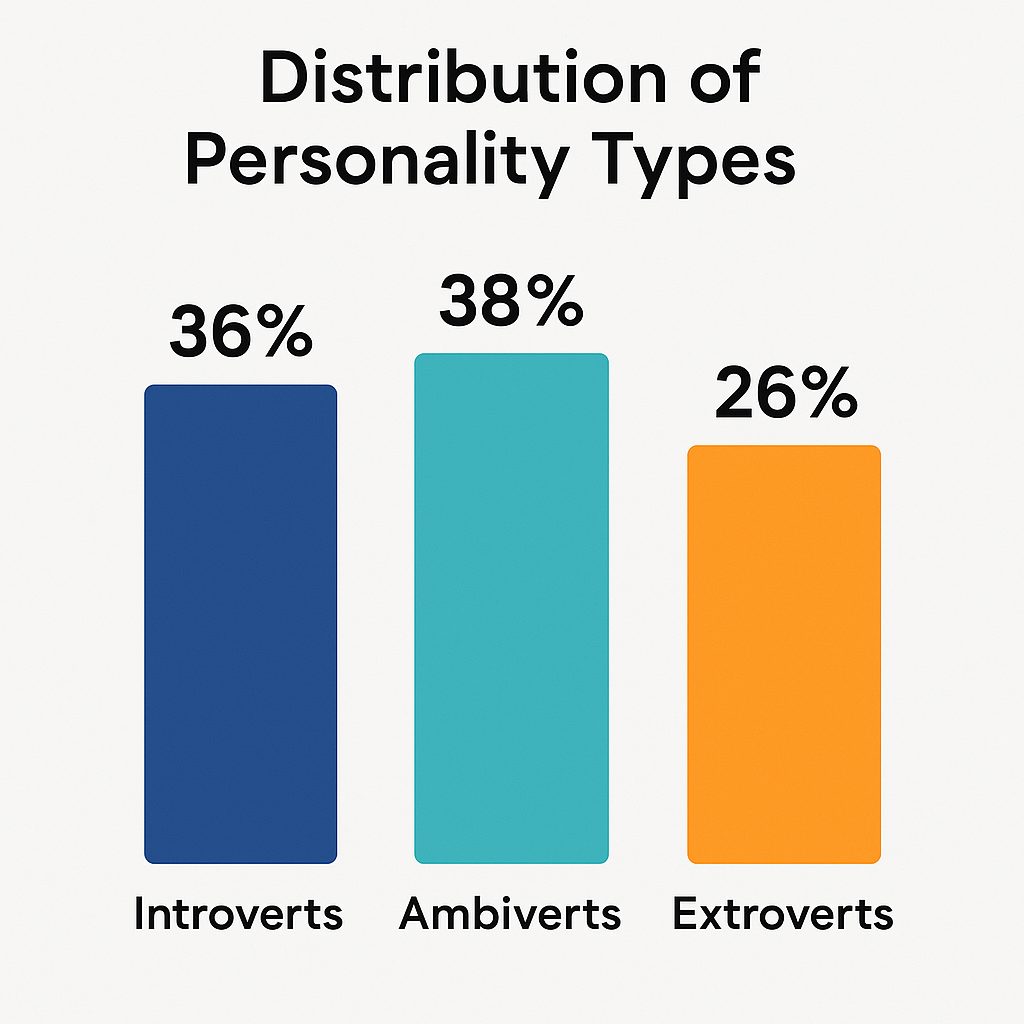
Carl Jung on Introverted vs Extroverted Thinking
Carl Jung, the founder of analytical psychology, introduced the concepts of introverted and extroverted functions. In his model:
- Introverted Thinking is subjective and reflective. It organizes ideas based on internal consistency and personal meaning.
- Extroverted Thinking is objective and oriented toward the outer world. It uses logic to control or structure the environment.
Jung believed everyone has both functions, but one tends to be dominant. By understanding which function you lead with, you can better understand your personality’s core motivations.
He wrote:
“The introverted thinker is primarily concerned with inner images and subjective truth. The extroverted thinker is governed by external facts and objective truths.”
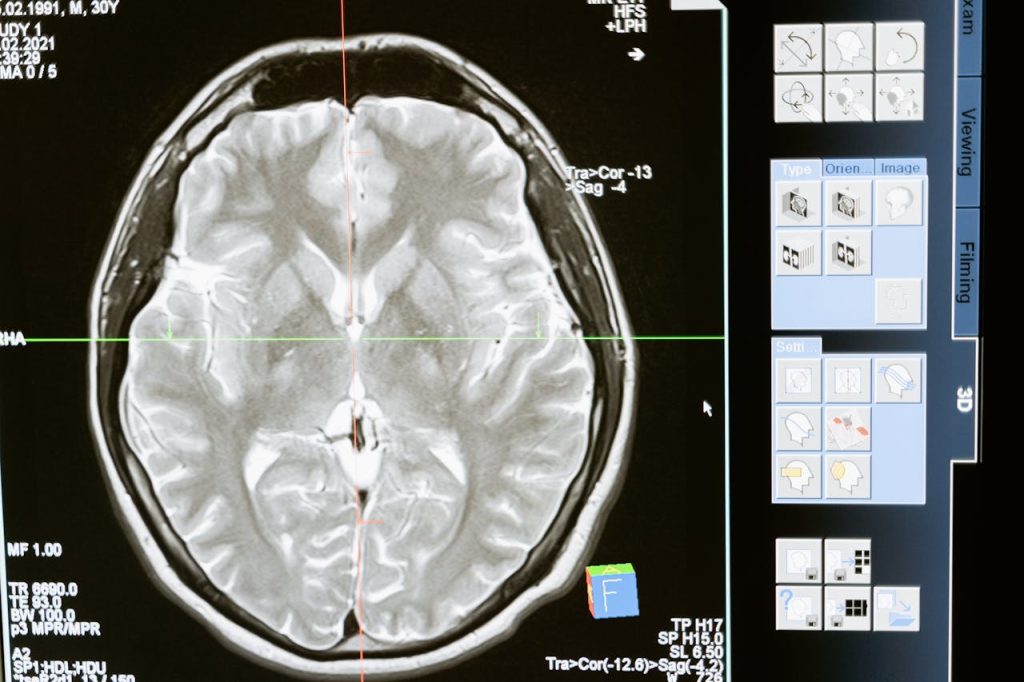
Why This Matters: Ti and Te in Everyday Life
Knowing whether you use Ti or Te can improve:
- Relationships: You’ll understand how you and others think and communicate.
- Career Choices: Ti users often prefer roles in analysis, research, or strategy. Te users thrive in leadership, operations, or project management.
- Conflict Resolution: Ti users may need time to process, while Te users may push for quick decisions. Understanding this difference can prevent miscommunication.
- Personal Growth: Understanding your thinking style helps you make better decisions and recognize your blind spots.
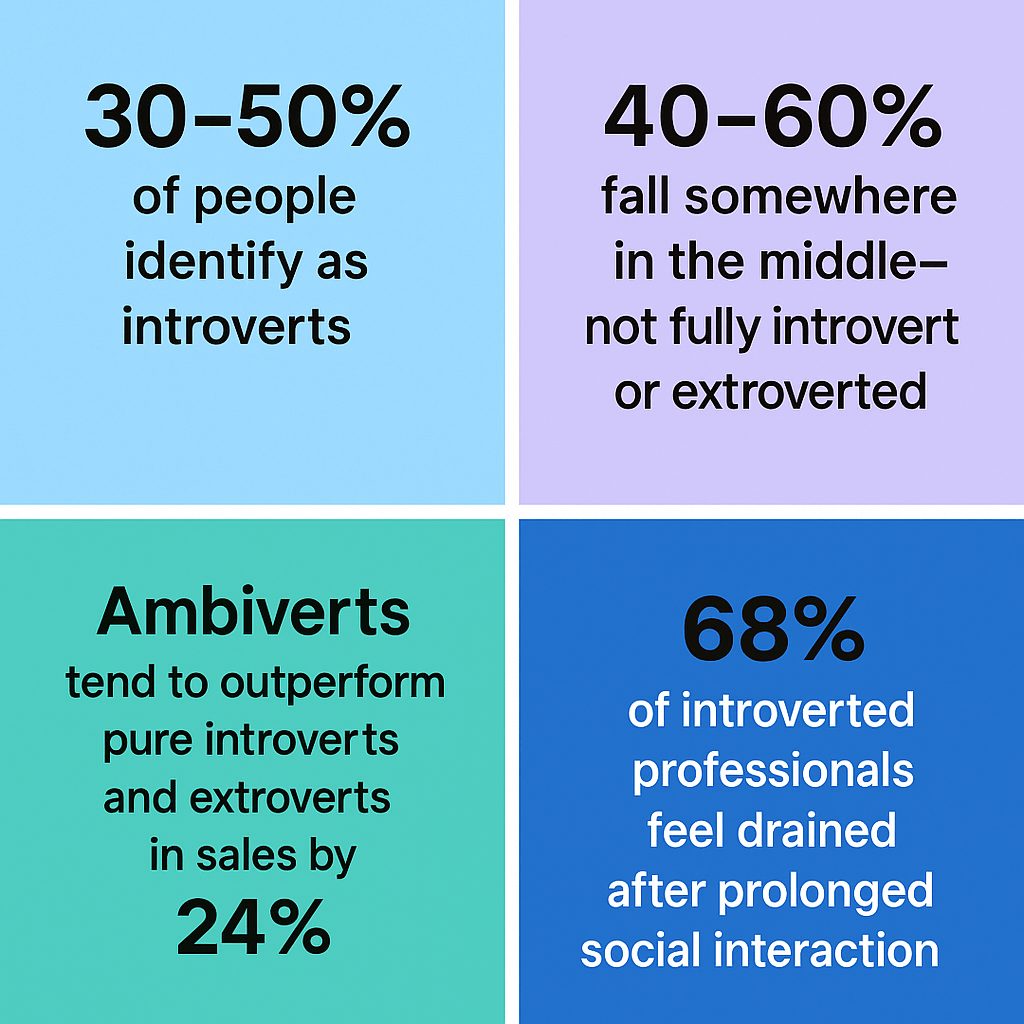
Careers Where Ti Users Thrive:
- Software development
- Academic research
- Data analysis
- Philosophy
- Technical writing

Careers Where Te Users Thrive:
- Business management
- Engineering
- Project management
- Finance
- Politics

FAQs About Ti vs Te
What is the difference between an introverted thinker and an extroverted thinker?
Introverted thinkers (Ti) focus on internal logic and understanding why things work. Extroverted thinkers (Te) focus on external results and making things work efficiently.
How do I know if I’m Ti or Te?
Ask yourself if you rely more on personal logic (Ti) or external systems and results (Te). Notice how you solve problems: do you go inward or outward?
How do I know if I use introverted thinking?
If you enjoy building your own mental models, question assumptions, and aim for internal clarity, you likely use Ti.
What is Extroverted Thinking vs Introverted Thinking Carl Jung?
According to Carl Jung, Ti is reflective and seeks internal logic, while Te is objective and organizes the outer world using facts and results.
Can you have both Ti and Te?
Yes, everyone uses both to some extent, but one is usually more developed. You may use Te in a work setting and Ti when you’re alone.
Are Ti users always introverts?
Not necessarily. While Ti is commonly found in introverts, extroverts like ENTPs and ESTPs also use it as a secondary function.
Do Te users lack depth?
No. Te users can be deeply intelligent. They just prefer action over endless analysis and focus on what can be applied or measured.

Final Thoughts
Whether you lean more toward Ti or Te, understanding your thinking style can transform the way you see yourself and others. While Ti wants to know why something works, Te wants to know how to make it work better.
By identifying your dominant thinking function, you can make more aligned decisions, choose better paths in your career, and improve your relationships with others who may think very differently than you.
Now that you know the difference, which one do you think you use more?

